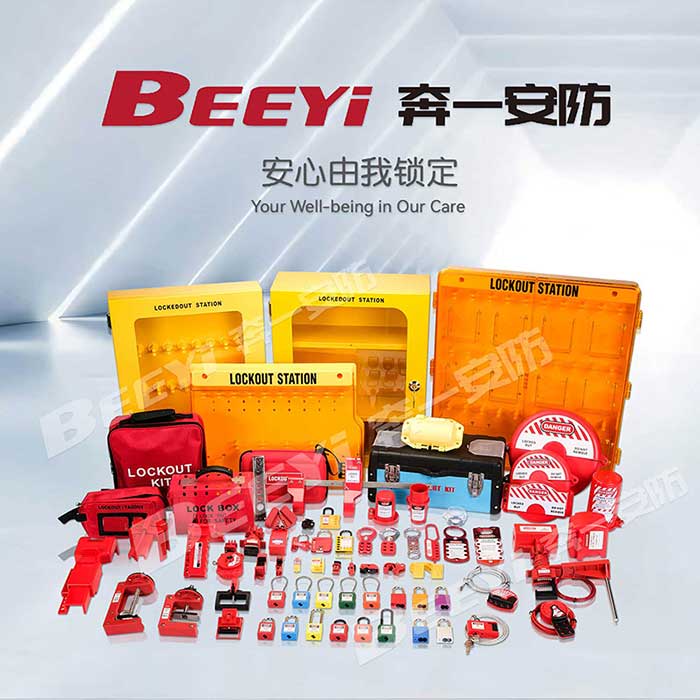In today’s industrial and manufacturing environments, workplace safety is a critical concern. One of the most important safety practices in such environments is the Lockout/Tagout (LOTO) procedure, which ensures that hazardous machinery is properly de-energized and cannot be accidentally started during maintenance or repair. The Lockout Bag application is a modern tool designed to enhance the efficiency and effectiveness of LOTO processes, ensuring that employees are protected, regulations are followed, and potential risks are minimized.

What is the Lockout/Tagout (LOTO) Procedure? Before diving into the specifics of the Lockout Bag application, it’s important to understand what Lockout/Tagout entails. The LOTO procedure involves isolating a piece of equipment or machinery from its energy sources—whether electrical, mechanical, hydraulic, or pneumatic—using physical locks or tags. This process prevents the accidental release of hazardous energy while maintenance, cleaning, or repair work is being performed. The importance of LOTO cannot be overstated. According to data from the U.S. Occupational Safety and Health Administration (OSHA), improper lockout/tagout procedures result in hundreds of injuries and fatalities annually in industries where machinery is involved. Ensuring that machinery cannot be turned on during servicing is crucial to protecting workers from fatal accidents such as electrocution, crushing, or amputation.